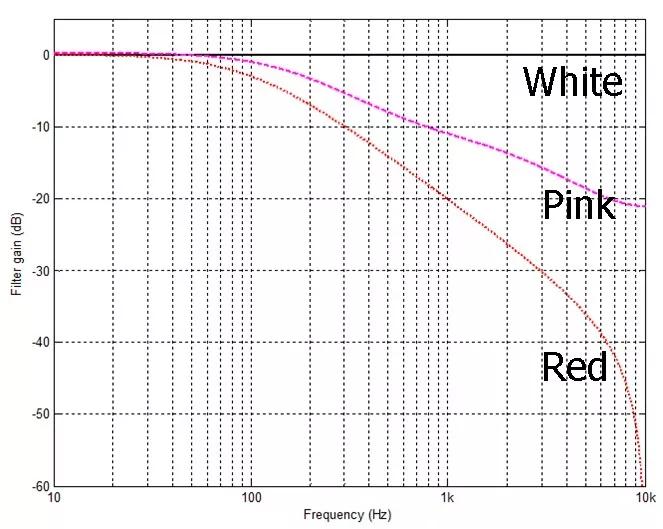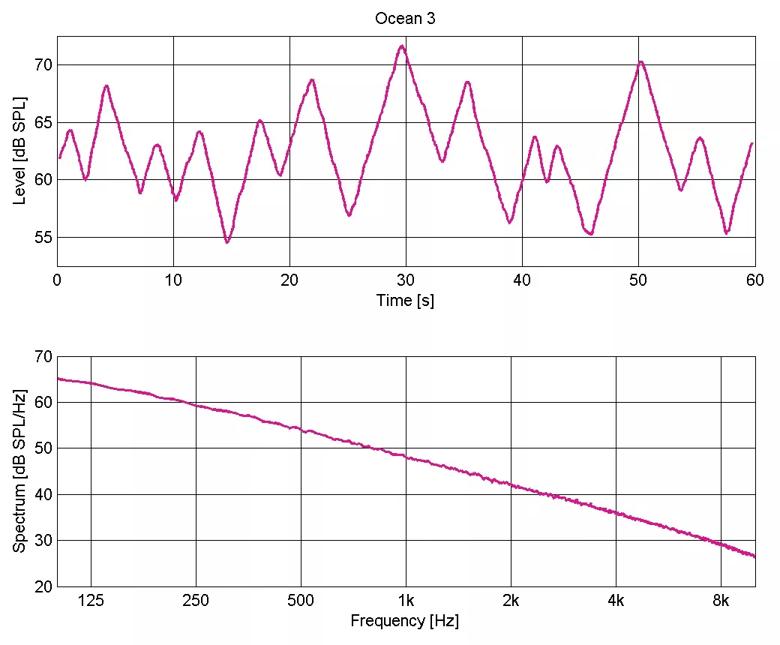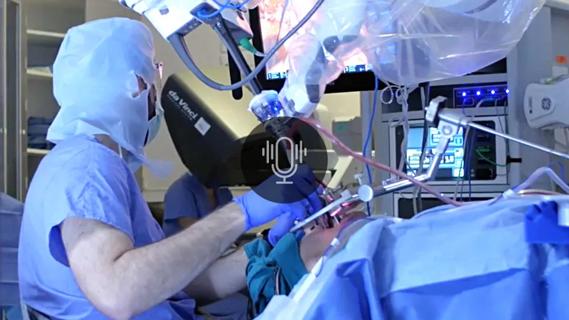Study compares hearing aids and combination devices

By Craig W. Newman, PhD, and Sharon A. Sandridge, PhD
Advertisement
Cleveland Clinic is a non-profit academic medical center. Advertising on our site helps support our mission. We do not endorse non-Cleveland Clinic products or services. Policy
Evaluating the clinical effectiveness of sound therapy in the management of patients with bothersome tinnitus has been one line of investigation in our Audiology Research Laboratory. We are currently focused on the application of hearing aids or combination devices (hearing aids and sound generators housed in the same unit) as a management tool to provide relief for patients with both hearing loss and distressing tinnitus.
The goals of sound therapy — whether using hearing aids alone or combination devices — are to alter tinnitus perception and reduce the negative emotional reactions associated with tinnitus. The underlying rationales for device application are to promote tinnitus masking or habituation. Either way, clinical benefit is derived when a patient’s quality of life is improved by reducing the psychosocial consequences of tinnitus, which include frustration, anxiety, irritation, depression, loss of control, and sleep disturbance.
Until recently, clinically available ear-level sound generators only incorporated a broadband white noise, which many patients found unacceptable. Several manufacturers now offer combination devices that generate a variety of different sound stimuli. However, controlled clinical studies evaluating the clinical benefit received from hearing aids in comparison to combination devices remain limited.
We undertook an investigation to explore whether the sound generator feature of a combination device afforded significant relief over and above what a hearing aid alone provided in a group of patients with hearing loss and distressing tinnitus. Thirty-seven adults completed a 6-month study that tracked benefits derived from contemporary hearing aids and combination devices offered by the same manufacturer (Oticon). Judgments in clinical benefit over time were based on responses to the Tinnitus Functional Index (TFI),1 a “gold-standard” quality-of-life outcome questionnaire.
Advertisement
The sound generator circuitry of the combination devices used included stationary filtered broadband sounds as well as three ocean (nature) sound options. Figure 1 displays the magnitude transfer functions of the filters used for the white, pink and red broadband sound options. Figure 2 illustrates an example of an ocean sound, based on proprietary variations of modulation patterns that mimic rhythms of the ocean.

Figure 1

Figure 2
The TFI scores at each visit over the 6-month interval for the hearing aid only (n = 20) and combination device groups (n = 17) are summarized in Figure 3. For both groups, there was a clinically significant reduction (> 13 point TFI difference) in perceived tinnitus distress between baseline and each post-fitting visit. Further, there were no statistically significant differences between treatment groups, suggesting that both forms of sound therapy are effective in reducing activity limitation and participation restriction for patents with hearing loss and bothersome tinnitus.
Our findings are consistent with the recommendations of the AAO-HNS clinical practice guidelines for tinnitus, which support the use of hearing aids and sound generators in the management of patients with persistent, bothersome tinnitus.2 The integration of ongoing counseling, however, remains a critical component of the treatment plan regardless of the specific form of sound therapy used; in fact, this may serve as the mediating factor in overall patient success.

Figure 3
Figures 1 and 2 courtesy of Oticon A/S.
Advertisement
Dr. Newman is Vice Chair and Section Head of Allied Hearing, Speech and Balance Services in the Head and Neck Institute. Dr. Sandridge is the Director of Clinical Audiology Services in the Head and Neck Institute. They serve as Co-Directors of the Audiology Research Laboratory and Tinnitus Management Clinic.
Advertisement
Advertisement

A new single-port system well-suited for oropharyngeal cancer treatment

A reduction in the number of incisions for implantation simplifies the procedure and improves patient experience

An answer may be seen by looking at the teeth

How advanced blood testing is changing treatment paradigms

Hearing implant program continues to grow

Case study illustrates the potential of a dual-subspecialist approach

Evidence-based recommendations for balancing cancer control with quality of life